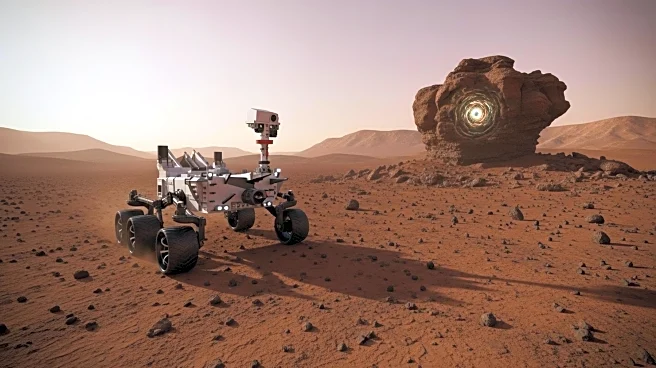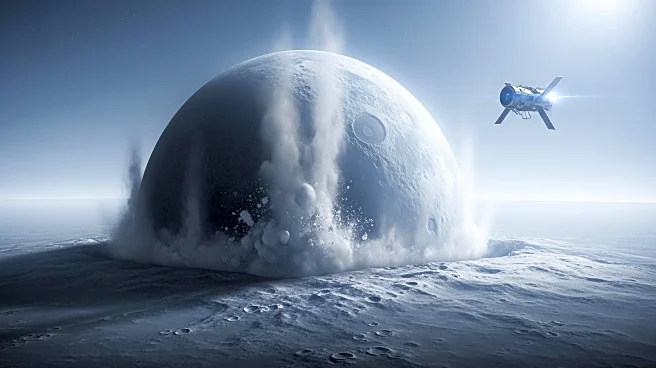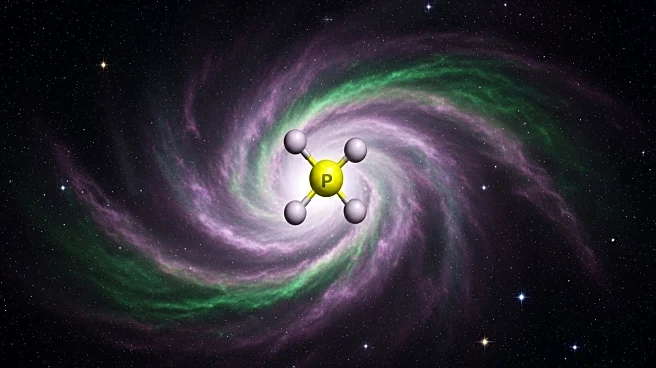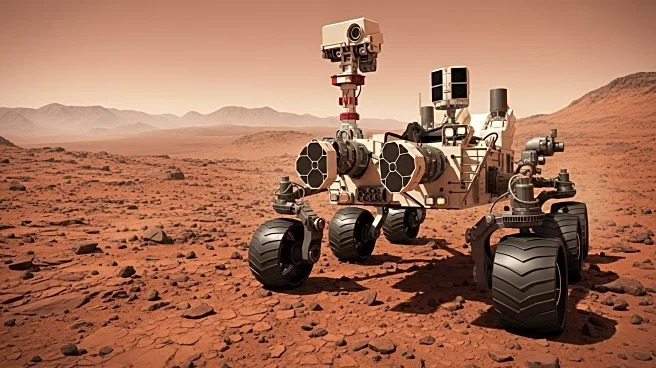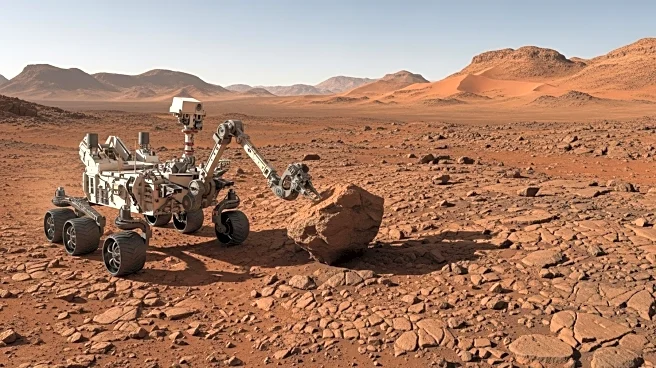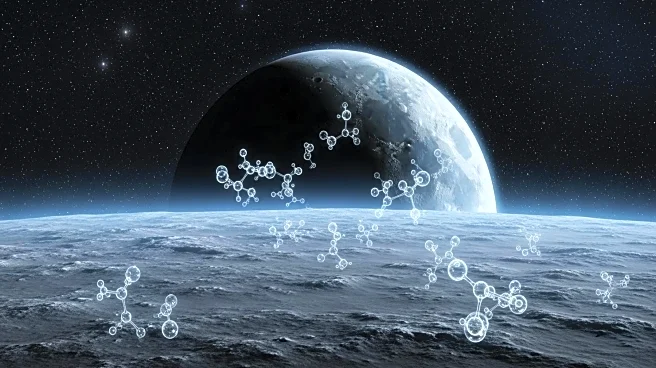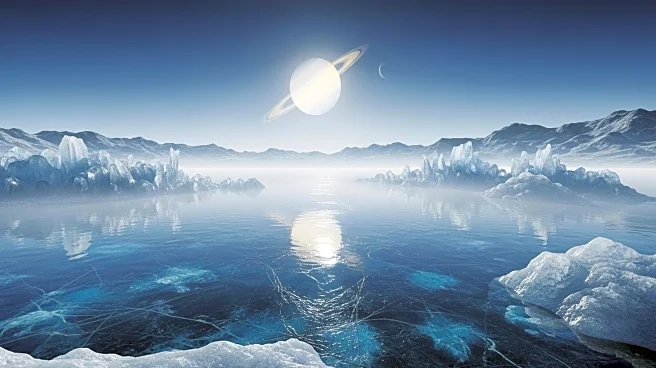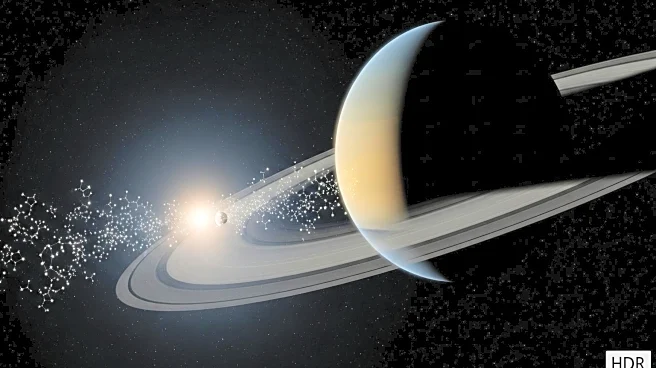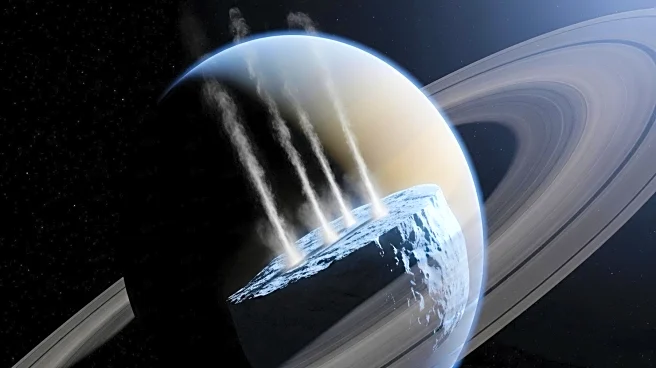What's Happening?
A team of American researchers has reanalyzed data from NASA's Pioneer mission to Venus, revealing that the planet's clouds are primarily composed of water, contrary to the long-held belief that they are mostly sulfuric acid. The data, originally collected in the 1970s, was stored on microfilm and recently digitized for further analysis. The researchers found that water constitutes 62% of the aerosols in Venus's clouds, though it is bound in hydrates rather than existing as free water droplets. This discovery challenges previous understandings and suggests that the conditions in Venus's clouds may be more Earth-like than previously thought.
Why It's Important?
This finding has significant implications for the search for life on Venus, as the presence of water is a critical factor in supporting life. The discovery that water is more abundant in Venus's clouds than previously believed could reignite interest in astrobiological studies of the planet. It also highlights the value of reexamining historical data with modern techniques, potentially leading to new insights into planetary science. The presence of water, even in a bound form, could alter the scientific community's approach to studying Venus and assessing its potential for harboring life.
What's Next?
The revelation of water in Venus's clouds may prompt further missions to the planet to explore its atmospheric composition in greater detail. Researchers might focus on understanding the chemical processes that allow water to exist in such an acidic environment. Additionally, this discovery could lead to the development of new instruments and technologies designed to study Venus's atmosphere more effectively. The scientific community may also revisit other historical data sets to uncover additional insights about Venus and other celestial bodies.
Beyond the Headlines
The discovery underscores the importance of preserving and reanalyzing historical scientific data, which can yield new findings with modern technology. It also raises questions about the potential for life in extreme environments, challenging assumptions about the conditions necessary for life to exist. This could influence future astrobiological research and the search for extraterrestrial life, expanding the scope of environments considered potentially habitable.


